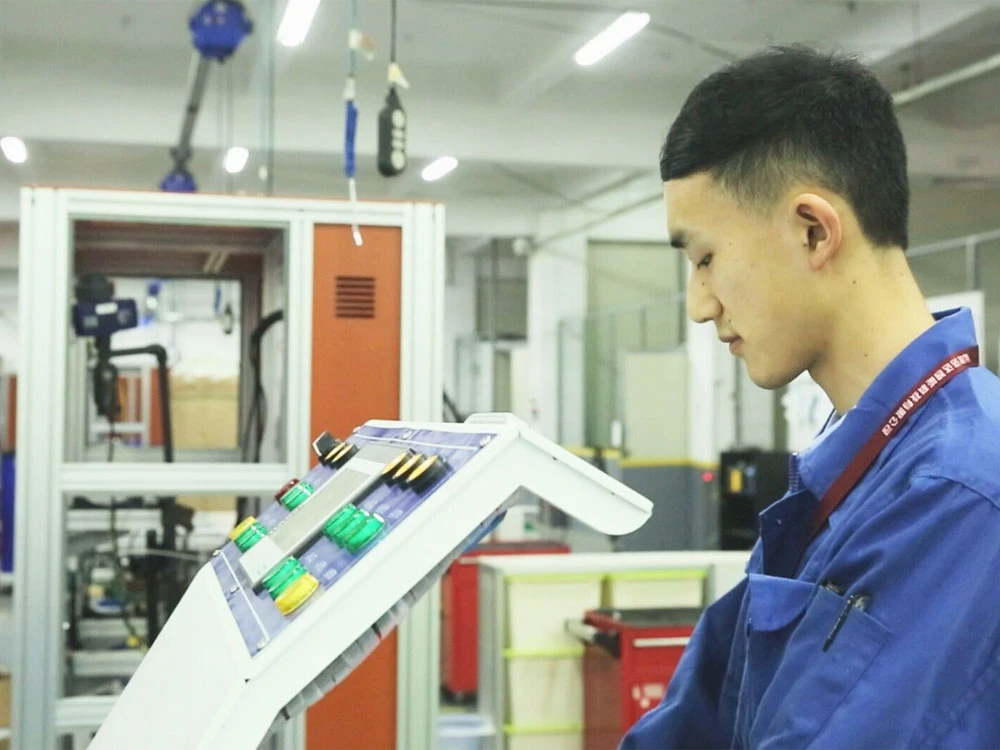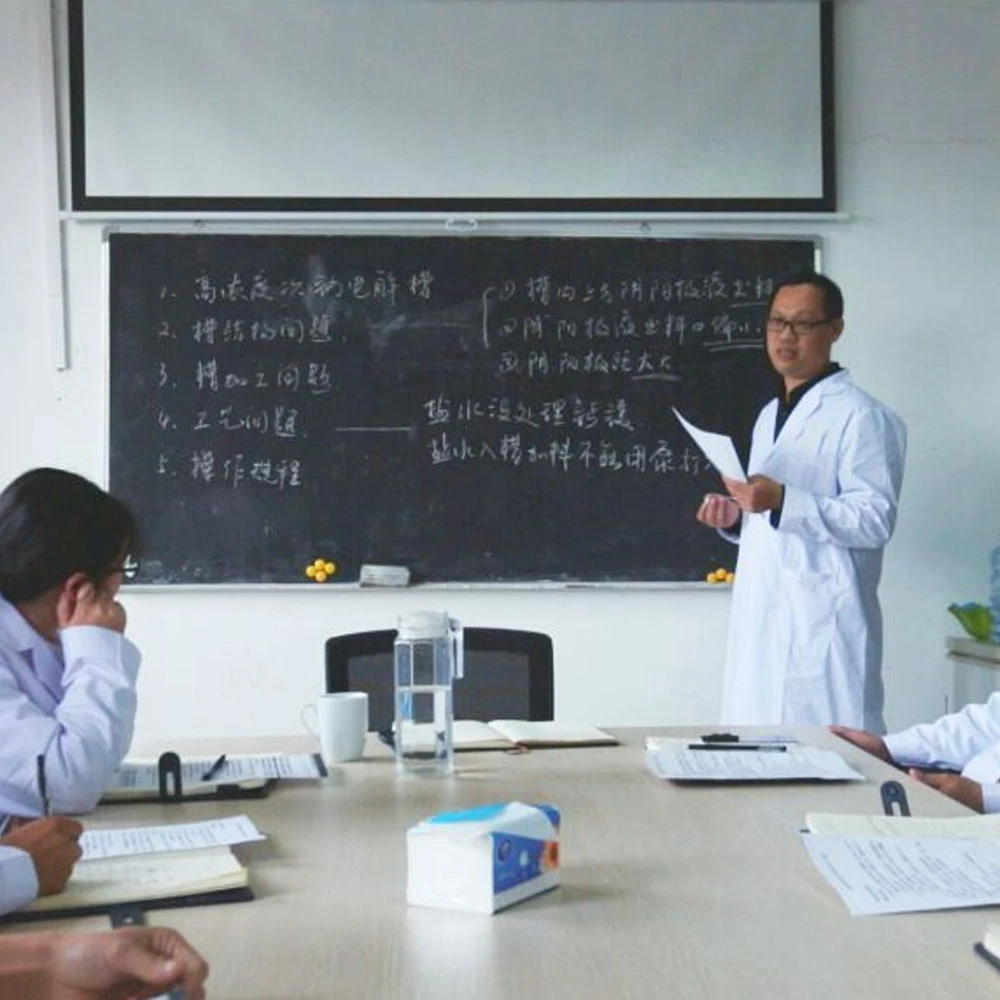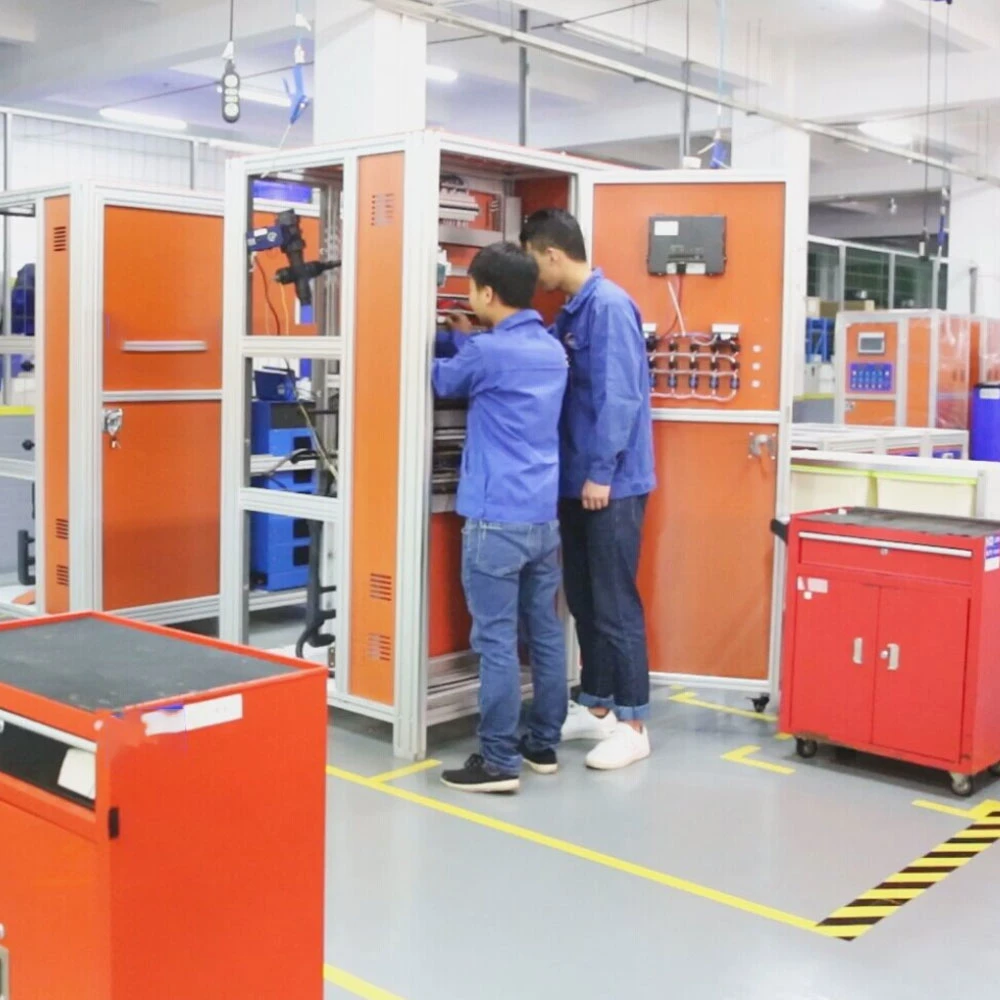In today’s fast-paced industrial world, effective Sodium Hypochlorite Generators Disinfection solutions are more critical than ever. High-concentration sodium hypochlorite generators also have emerged as a game-changer. These systems offer a reliable, cost-effective, and eco-friendly way to produce powerful disinfectants on-site. Let’s dive into how these generators work, their benefits, and why they’re also transforming industries worldwide.
What is a High-Concentration Sodium Hypochlorite Generator?
A high-concentration sodium hypochlorite generator is an advanced system. Meanwhile, it produces sodium hypochlorite (NaOCl) through electrolysis. The process involves salt, water, and electricity. The result? A potent disinfectant solution with concentrations ranging from 0.8% to 12%. This flexibility makes it ideal for various applications.
Unlike traditional methods, these generators eliminate the need for transporting and storing hazardous chemicals. Instead, they produce sodium hypochlorite on-demand. This ensures freshness, potency, and safety.
How Does It Work?

The process is straightforward yet highly efficient. Here’s a step-by-step breakdown:
Salt Dissolution: Firstly, the system dissolves high-purity salt in water to create a brine solution.
Electrolysis: The brine passes through an electrolytic cell. Then electricity splits the salt and water into sodium hypochlorite and hydrogen gas.
Concentration Control: Advanced systems allow precise control over the sodium hypochlorite concentration.
Storage and Use: The solution is stored in a tank, ready for immediate use.
This seamless process also ensures consistent quality and eliminates the risks associated with chemical handling.
Key Benefits of High-Concentration Sodium Hypochlorite Generators
Cost-Effective: Producing sodium hypochlorite on-site reduces costs. No need for expensive chemical purchases or transportation.
Eco-Friendly: The system uses also only salt, water, and electricity. It generates no harmful byproducts.
Safe and Reliable: On-site production minimizes risks. Therefore, no storage of hazardous chemicals is required.
Customizable: Adjust the concentration to meet specific needs. Perfect for diverse industries.
Scalable: Suitable for small facilities and large industrial plants alike.

Applications Across Industries
High-concentration sodium hypochlorite generators are versatile. They serve a wide range of industries:
Water Treatment: Municipalities and industries also use these systems to disinfect drinking water, wastewater, and process water.
Food and Beverage: Ensure hygiene in production lines, equipment, and storage areas.
Healthcare: Hospitals and clinics also rely on sodium hypochlorite for sterilization and infection control.
Agriculture: Disinfect irrigation systems, livestock facilities, and equipment.
Manufacturing: Maintain clean and safe production environments.
Maintenance and Longevity
High-concentration sodium hypochlorite generators are low-maintenance. However, regular upkeep ensures optimal performance. Key maintenance tasks include:
Cleaning the Electrolytic Cell: Prevent scaling and fouling to maintain efficiency.
Inspecting Components: Regularly check pumps, filters, and sensors.
Replacing Consumables: Timely replacement of parts like electrodes extends the system’s lifespan.
Monitoring Performance: Use built-in diagnostics to track system health.
With proper care, these generators can operate reliably for years.

Conclusion
High-concentration sodium hypochlorite generators are revolutionizing industrial disinfection. They also offer a safe, cost-effective, and sustainable solution for on-site chemical production. From water treatment to healthcare, their applications are vast and growing.
Industries worldwide are embracing this technology. They’re also reaping the benefits of reduced costs, enhanced safety, and environmental responsibility. As technology advances, these generators will only become more efficient and versatile.
Investing in a high-concentration sodium hypochlorite generator is a smart move. It’s not just about meeting today’s needs. It’s also about preparing for a cleaner, safer, and more sustainable future.
